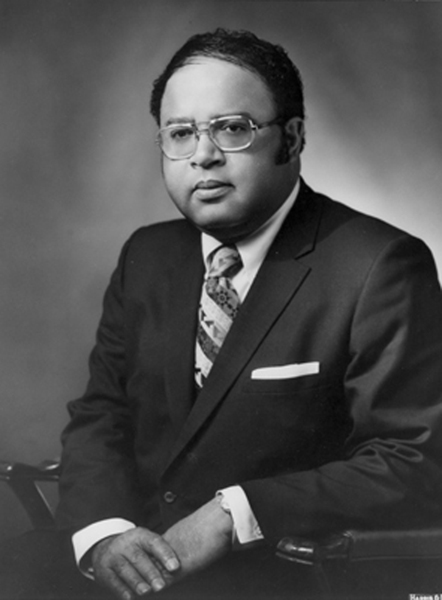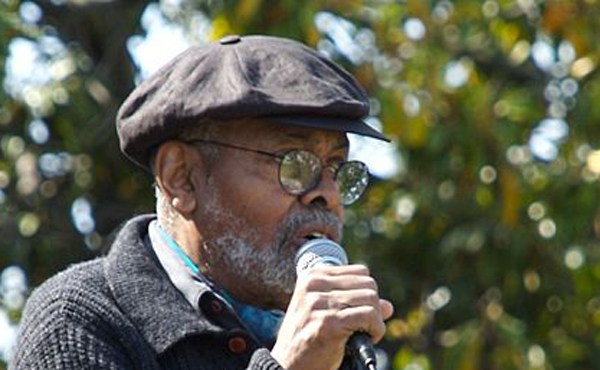SECTION 14
New Black Politics
Between 1964 and 1972, the number of black Americans of voting age increased from 10.3 million to 13.5 million. The Voting Rights act, combined with the registration campaigns of SNCC, CORE, and the NAACP, dramatically increased the numbers of registered black voters.
Most black leaders, both from civil rights and the black nationalist movement, agreed that any major electoral victories registered by blacks would occur in major cities. In 1972, 89 U.S. cities had populations exceeding 50,000, in which 20 percent or more of the total population was black. In that year, there were 10 major U.S. cities with total populations of half a million or more in which blacks comprised over 31 percent of voters. Despite these numbers, in 1966, there were no black mayors in major American cities. Even after the implementation of the 1965 Voting Rights Act, black Americans had been locked out of the electoral process as local and state governments systematically kept blacks from achieving elective office. It was clear that any sort of struggle, be it through Black Power or integration, could become relevant to the material interests of blacks only if and when they gained access to the political system.
Charles Diggs, member of the United States House of Representatives.
Source: National Archives and Records Administration.
In Congress, black representatives began to devise a national strategy to boost the number of black elected officials. In 1969, Representative Charles Diggs of Detroit initiated the Democratic Select Committee, a council of nine black congressmen, to lobby against the Nixon Administration's anti-urban policies. In 1971, after the election of three more black representatives the Congressional Black Caucus (CBC) was formed. During 1971 and 1972, the CBC attempted to represent a "united voice for Black America" in the Congress, and to an extent, across the nation. CBC staff members supported local races of black candidates, lobbied for progressive reforms in job training, health care, welfare, and social service programs, and attempted to fashion a national strategy to increase black political power from local to federal levels. The CBC garnered support from a variety of organizations including the NAACP and black nationalist groups. The result of this cooperation was the 1972 Gary Convention, the largest black political convention in American history.
Amiri Baraka addressing the Malcom X Festival in San Antonio Park, Oakland, California.
Source: David Sasaki.
Almost every faction of the black movement was represented: Jesse Jackson, the former SCLC leader who had recently launched his own Operation PUSH (People United to Save Humanity), Diggs, Roy Innis of CORE, Amiri Baraka, among others. The convention established a political formation, the National Black Political Assembly, which would help elect black mayors, congressional representatives, and other officials, as well as mobilize poor and working-class blacks at neighborhood levels. The collective vision of the convention represented a desire to seize electoral control of America's major cities and to move the black masses from the politics of desegregation to the politics of socioeconomic citizenship.
Related Resources
Charles Diggs, member of the United States House of Representatives.
Source: National Archives and Records Administration.




